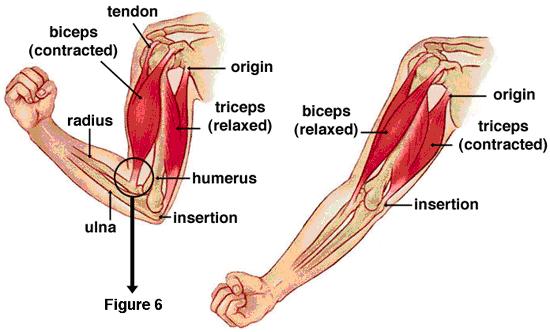Hei guys,
i finally found a very useful method for sticky bind muscles or bones to skin 
just use the hook modifier if this doesnt work you must adjust “under the object tab” the parent to bones not to armature then it works 
Hei guys,
i finally found a very useful method for sticky bind muscles or bones to skin 
just use the hook modifier if this doesnt work you must adjust “under the object tab” the parent to bones not to armature then it works 
Could you provide a visual example of this?
Yes of course its in progress  and by the way if someone of you guys is interested in a final Add On version for creating and editing muscles, then i made this: http://cgcookiemarkets.com/blender/all-products/blender-muscle-tools/
and by the way if someone of you guys is interested in a final Add On version for creating and editing muscles, then i made this: http://cgcookiemarkets.com/blender/all-products/blender-muscle-tools/
Whoa, only 3 minutes into the video demonstration, and I was nearly sold just when I saw the mirror functions. 
May I offer critiques?:
-The jiggle system is great, but at the tips of the muscle objects, (head and tail) It would be nice if they were “pinned” to the armature automatically, or just have a vertex group for “soft body goal”, automatically in place on muscle creation (even if we have to paint it manually) Or maybe this can be achieved with a built in muscle object that already has it’s tips pinned.
-Also, I saw at 40 minutes into the video, the snap function was behaving odd for the head of the muscle armature. I think the origin needs to be set at the head of the armature, that way head and tail can snap where the user expects them to snap.
The following are feature requests, that could be challenging:
-A mirror function that mirrors the muscle objects and the sticky-bind/skin-slider vertex groups.
-For the mirror function to also mirror the parent child relationship for each side (that’s a big request, I know) If R_Bicep is child to R_Arm. Then then mirror all would create a L_Bicep child to L_Arm.
The ultimate feature would be automatic vertex groups for sticky-bind and skin-slider, like a “Generate vertex groups” button (name it “muscle weight heat”  ).
).
This could be done with Dynamic Paint, temporarily setting the muscle object as a “Brush”, and the skin mesh as a “Canvas”.
The “Brush” would be set to “Proximity” generating skin slider vertex groups automatically on the mesh. Then the resulting Canvas would be “baked” into the skin-slider Vertex groups somehow. The dynamic paint data can be discarded after the vertex groups have been baked on. All of this happening automatically once the user presses the “muscle weight heat” button.
Thank you so much for your hard work so far. This looks promising 
Thank you i make a demo to show the advanteges of the jiggle and represent the add on completely new 
Didn’t expect you to start selling this so soon…but, thank you for making it really affordable.
I just hope that selling it doesn’t prevent it from being something that the community can work on with you, or pick up the pieces and carry on when that fateful day comes that you become too busy with “real life” and development stops…(and speaking of stopped development…whatever happened to the nodal particles add-on??)
But I digress…thanks for this!
Also, I meant to ask…on your Blender Market page…on your quadriped creature (which I love the animation for, by the way. I think the muscle simulator DOES add a lot to the animation)…
I see you actually modeled its skeleton. Not just its armature and bone objects, but its actual skeleton, also. Is there a reason for this? (I know in WETA’s musculoskeletal simulator, there IS a purpose to modeling the creature’s REAL skeleton) Or is it just to make the picture look nice? (And, it DOES look nice!)
@ arcasebal
Thank you,
the skeleton is for get a better idea were the muscle should be placed. If you have a simple armature its not as complex(wrinkled and detailed) as a real skeleton. For example the clavicle bone. There are a lot of muscles connected to it and with a simple armature you are not able to place them anatomically correct. Also you have some bone skin deformations for example in your back where some of the vertebrae bones are visible or the ribs for example 
In speaking of deformations. I have a suggestion regarding muscle flexing and relaxing.
Your current version stretches or squashes the muscle based on distance of the arm bones. This creates a problem for accurate deformation in some cases. (Triceps)

This relax and flex can’t be replicated in the current design method.
I suggest using drivers to control “flex” and “relax”. A control bone at the end of the muscle, the muscle flexes by this bone’s distance to the root bone, This distance is controlled by a rotation driver (for example: arm rotation. Bending the elbow would drive the flex control bone up or down, which controls the flexing and relaxing of the muscle object).
Hei Guys,
the NEW DEMO how to use the Muscle Tools is available take a look 